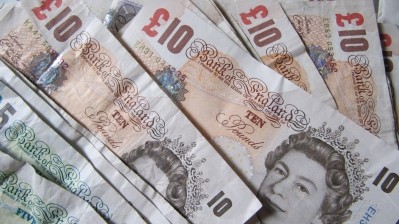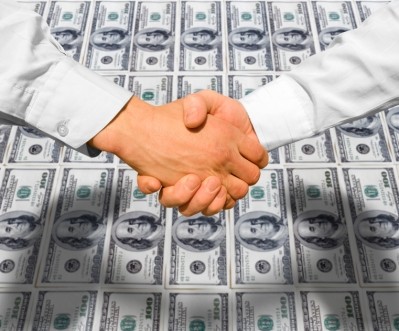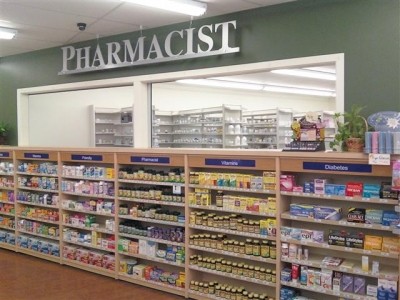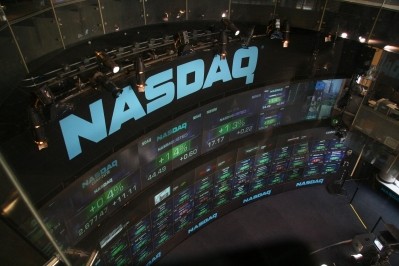Number of biosimilar developers growing as costs plummet, say CPhI experts
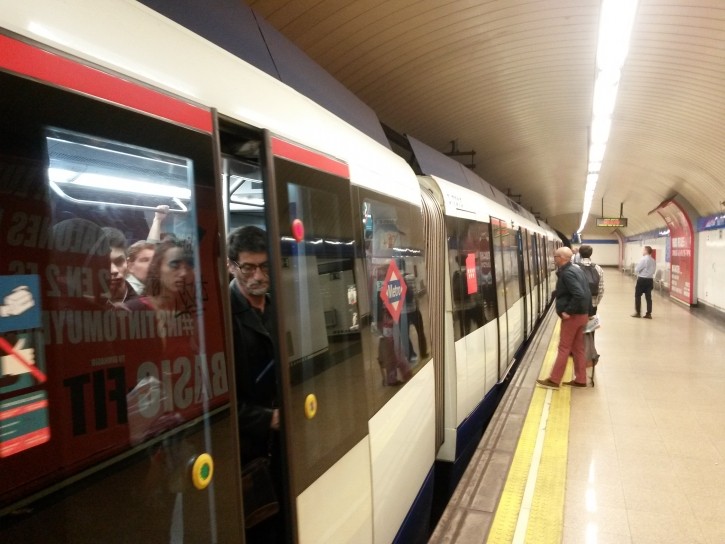
At last week’s CPhI Pre-Connect Congress in Madrid, Sandoz’s Head of Commercial operations Peter Stenico spoke on the difficulties of bringing a biosimilar product to market.
While these focus on development time, profitability and uncertainties surrounding acceptance of such products, both he and other experts told delegates such barriers are falling and the development space is opening up.
“It takes 8-10 years to get from the early development stage to approval which is already very different from the 2-3 years in the small molecule generics space,” he said, “This is why you don’t see that many players in the space.”
However, “the space is getting more crowded,” he continued. There are new entrants in the industry such as Celltrion and more recently Samsung. Furthermore, traditional generics firms are expressing increasing interest – the ‘Big 3,’ Mylan, Teva and Sandoz all playing in the biosimilar space.
Meanwhile, there is growing interest from innovator companies - Amgen has nine biosimilar products in its pipeline - while M&A activity is also adding biosimilar pipelines and capabilities to Big Pharma, Stenico said, citing the recent Pfizer-Hospira merger.
Falling costs?
According to Christelle Dagoneau, Director of Business Development at Catalent, the space is already far from small with approximately 245 biopharma companies worldwide focused on biosimilar development.
One reason for this is the falling cost of development. Sandoz’s Stenico claimed from early development to approval it costs a firm between $150-250m per biosimilar, but Richard Dicicco, Chairman of Harvest Moon Pharmaceuticals, said the costs had plummeted and disputed the figure.
Harvest Moon develops, manufactures and out-licenses biosimilar products, and Dicicco said it costs his firm just $60m to develop a biosimilar, a cost which is reclaimed when the firm licenses it out.
“If you look at the analytical stage, which is the most important part of a biosimilar, it costs $7-15m and takes four years and you don’t do anything until you have the data on the originator molecule,” he said.
“In the future, maybe past 2020, there won’t be a need for confirmatory Phase III studies which the industry is scaring you on. Don’t be afraid of $150m because it’s not true – I could develop three molecules for that!”
Steinar Madsen, Medical director at the Norwegian Medicines Agency, was even more vocal about the cost of development: “The truth is that methods are now relatively standard and that the costs of goods is probably is less than 10 % of sales price.”
Acceptance
There are 19 biosimilars approved in Europe, one being a monoclonal antibody, and one in the US.
Despite the US playing catch-up, such approvals have also played their part in making the sector a more tempting area to invest in, the delegates agreed.
“There is a stringent pathway which works… there has been a 50% acceptance on average in Europe… and there have been more than 200 million patient days of clinical experience at Sandoz alone,” Stenico said.
This all helps to increase confidence among physicians, patients and payers, which in turn will encourage greater development of biosimilars.
